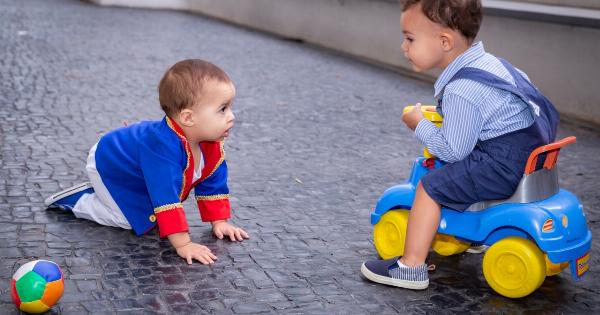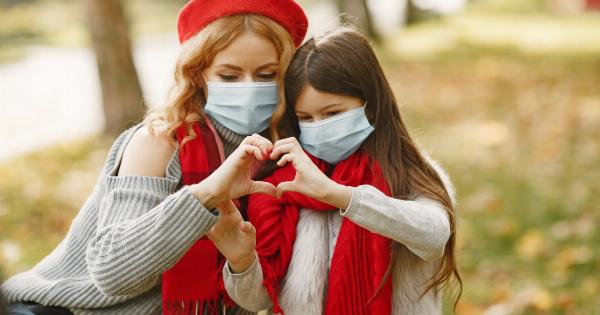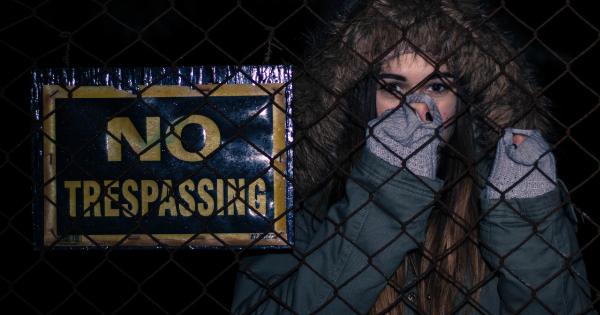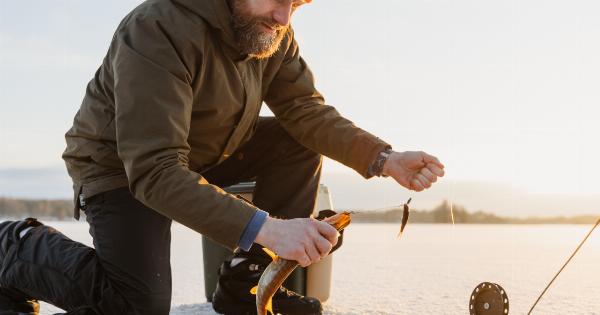Hypothermia is a serious medical condition that occurs when an individual’s body temperature drops below the normal range.
In infants, hypothermia can be particularly dangerous as they have less body fat and a larger surface area compared to adults, making them more susceptible to heat loss. Recognizing the symptoms of hypothermia in infants is crucial for timely intervention and treatment.
This article will guide you through the signs and symptoms of hypothermia in infants, helping you become better equipped to protect your little one from this potentially life-threatening condition.
1. Cold skin
One of the most evident signs of hypothermia in infants is their cold skin. When a baby’s body temperature drops significantly, their skin may feel unusually cold to the touch.
The extremities, such as the hands and feet, might appear pale or even bluish.
2. Excessive shivering
Shivering is the body’s natural defense mechanism against hypothermia.
If you notice your infant shivering excessively, even when adequately dressed or in a warm environment, it could be a sign that their body is trying to generate heat to combat hypothermia.
3. Weak or decreased cry
Infants with hypothermia may have a weak or decreased cry. This can be a result of decreased muscle activity due to low body temperature.
Keep a close eye on your baby’s cry patterns, and if you notice any significant changes or persistent weakness, seek medical attention.
4. Sluggishness or drowsiness
Hypothermia can cause your baby to appear unusually sluggish or drowsy. They may lack their usual energy or show reduced interest in their surroundings.
Pay attention to any behavioral changes and consult a healthcare professional if you suspect hypothermia.
5. Poor feeding
A baby suffering from hypothermia might exhibit poor feeding habits or appear disinterested in nursing. Hypothermia can affect an infant’s metabolism and digestion, leading to a decreased appetite.
If your baby displays persistent feeding difficulties, it’s crucial to seek medical advice.
6. Rapid breathing
Infants with hypothermia often have rapid or labored breathing. This is the body’s attempt to generate heat through increased metabolism. If you notice your baby panting or displaying irregular breathing patterns, it may indicate hypothermia.
7. Low body temperature
The most definitive sign of hypothermia in infants is a below-normal body temperature. Check your baby’s temperature with an appropriate thermometer regularly.
A rectal temperature below 97 degrees Fahrenheit (36.1 degrees Celsius) is considered hypothermic in infants.
8. Stiff or rigid posture
Hypothermia can cause an infant’s body to become stiff or rigid. Their muscles may contract in an attempt to produce heat. If you notice your baby’s body feeling unusually tense or stiff, consult a healthcare professional.
9. Lethargy or decreased responsiveness
Infants with hypothermia may become increasingly lethargic or less responsive to stimuli. They may appear uninterested in interaction or have difficulty staying awake.
Prompt medical attention is crucial if you observe any unusual changes in your baby’s responsiveness levels.
10. Frostbite or blue skin patches
In severe cases of hypothermia, infants may develop frostbite or patches of blue or mottled skin. Frostbite occurs when tissues freeze due to extremely low temperatures.
If you notice any signs of frostbite or discoloration, seek medical help immediately.
It’s important to note that some babies may not exhibit all these symptoms. Additionally, premature infants, those with limited fat stores, or infants with certain medical conditions may be more susceptible to hypothermia.
Remember, prevention is key in protecting your baby from hypothermia. Ensure your baby is dressed appropriately for the weather and avoid exposing them to extreme temperatures.
If you suspect your baby may have hypothermia or observe any concerning symptoms, contact a healthcare professional for guidance.






























